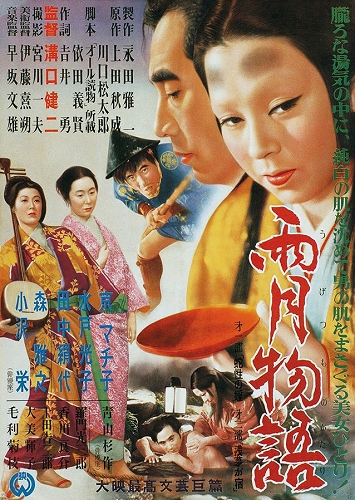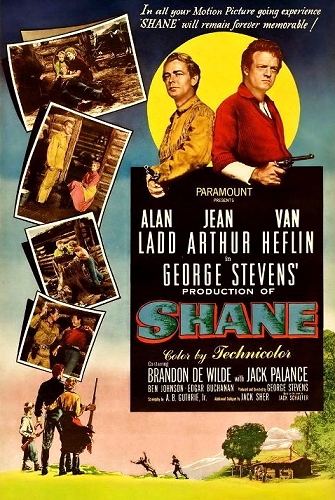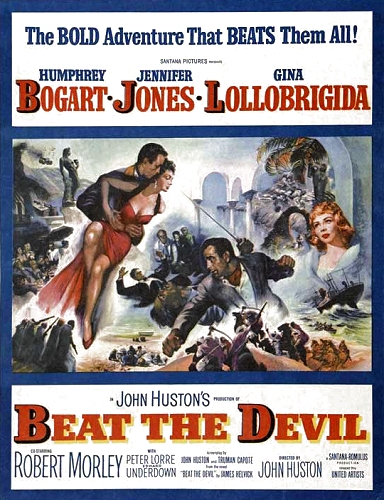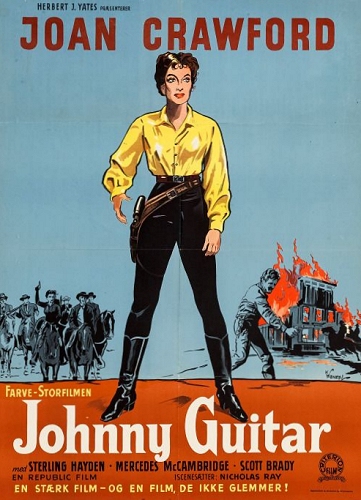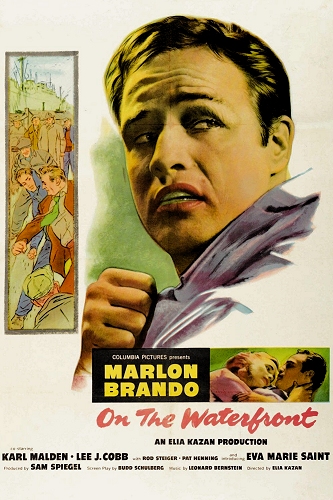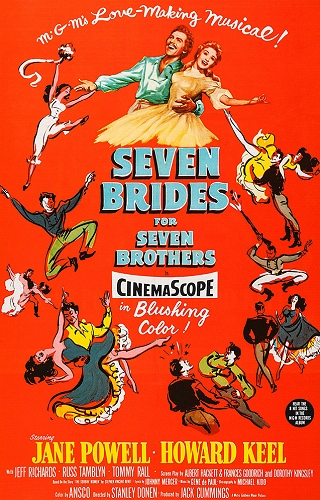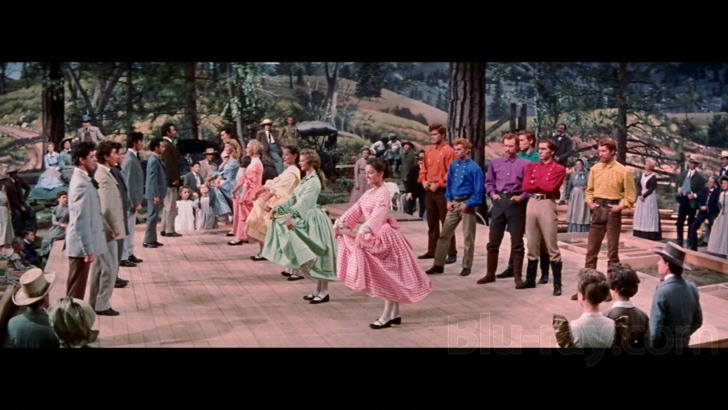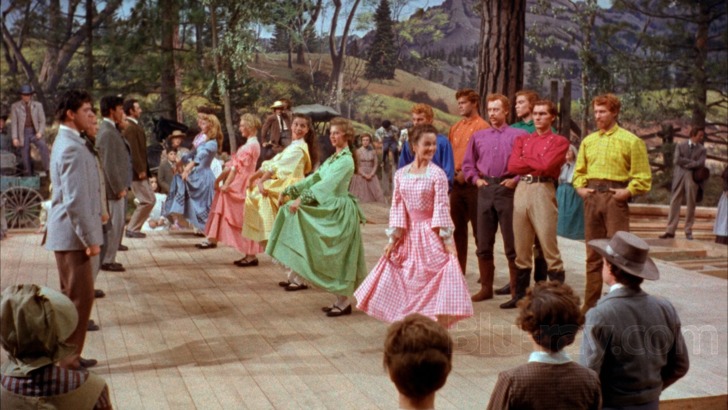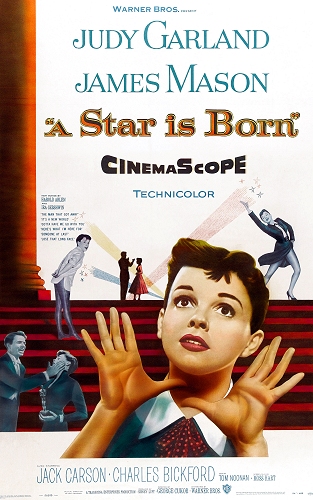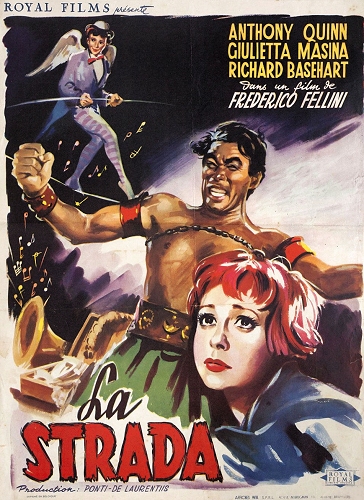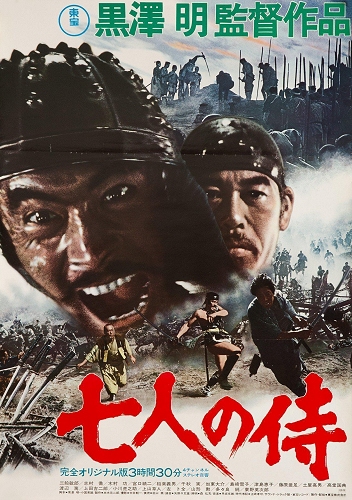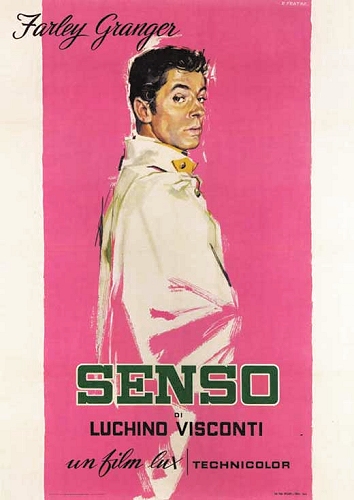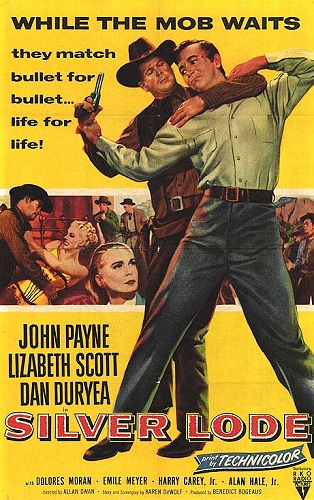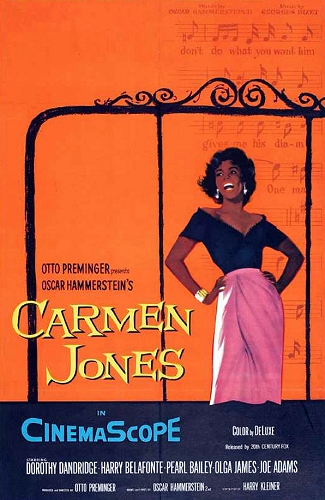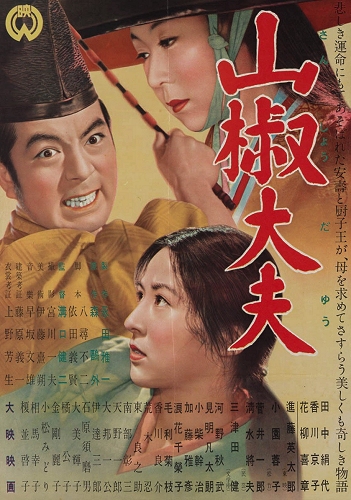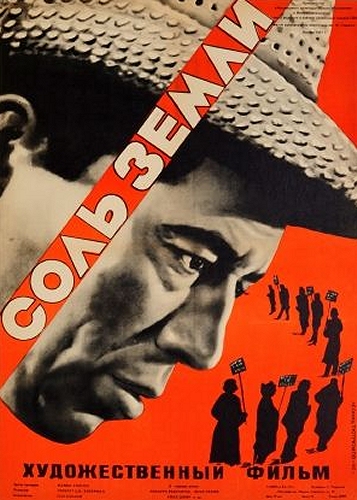- Messages
- 14,899
- Reaction score
- 2,424
- Trophy Points
- 228
64 years ago...
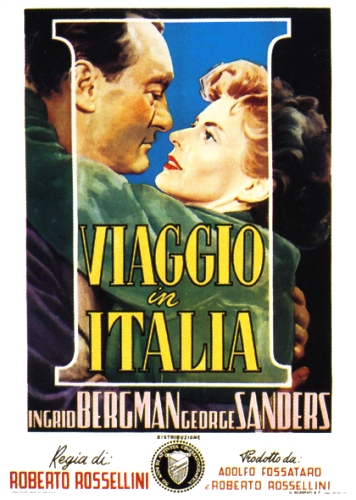
Journey to Italy (1954)
Director: Roberto Rossellini
Country: Italy
Length: 105 minutes
Type: Drama
The title of 'Journey to Italy' ('Viaggio in Italia') should have been more accurately translated as something like 'Travels in Italy' because it's about a couple from England exploring Naples, not about them traveling there. The husband (George Sanders) is a brusque workaholic, while the wife (Ingrid Bergman) is more of a gentle poetic soul. After 8-years of busy work and marriage, suddenly having nothing important to do makes them realise they have become strangers. The landscape offers metaphors a plenty, from Mount Vesuvius lying dormant, catacombs of ancient skulls, to unearthing a petrified married couple in the ruins of Pompeii. Shooting almost entirely on location makes Roberto Rossellini's film seem much more modern than the work of his contemporaries and the sharp 1950s clothes and cool shades haven't dated either. Renzo Rossellini's score is redolent of 'The Godfather' and since the story ends on a Festa, I'm sure the Coppolas have seen this.
The first Kenji Mizoguchi film in the book next.

Journey to Italy (1954)
Director: Roberto Rossellini
Country: Italy
Length: 105 minutes
Type: Drama
The title of 'Journey to Italy' ('Viaggio in Italia') should have been more accurately translated as something like 'Travels in Italy' because it's about a couple from England exploring Naples, not about them traveling there. The husband (George Sanders) is a brusque workaholic, while the wife (Ingrid Bergman) is more of a gentle poetic soul. After 8-years of busy work and marriage, suddenly having nothing important to do makes them realise they have become strangers. The landscape offers metaphors a plenty, from Mount Vesuvius lying dormant, catacombs of ancient skulls, to unearthing a petrified married couple in the ruins of Pompeii. Shooting almost entirely on location makes Roberto Rossellini's film seem much more modern than the work of his contemporaries and the sharp 1950s clothes and cool shades haven't dated either. Renzo Rossellini's score is redolent of 'The Godfather' and since the story ends on a Festa, I'm sure the Coppolas have seen this.
The first Kenji Mizoguchi film in the book next.

